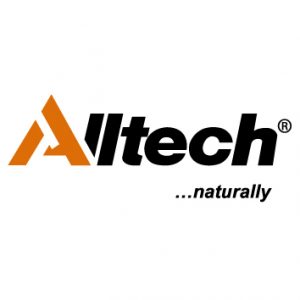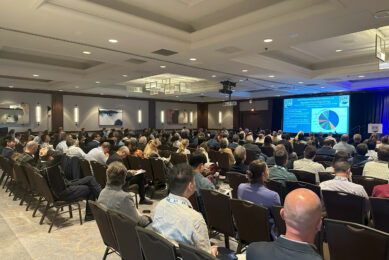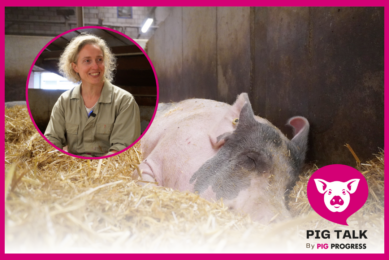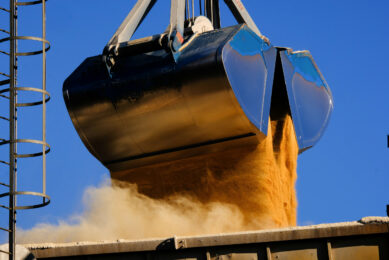Enhancing pig performance with organic selenium
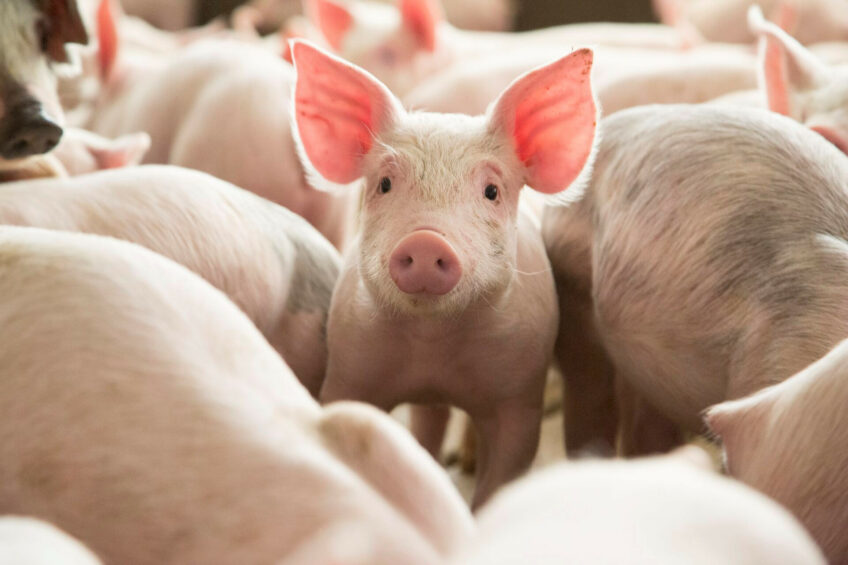
Selenium deficiency is related to reduced growth and reproductive performance in pigs. As such, meeting animals’ selenium requirements is one of the key factors in achieving optimal production efficiency, producer profitability and in providing consumers with a nutritious source of protein.
Selenium, which is an essential trace mineral, acts as an antioxidant. In pigs, it destroys peroxides before they can damage cellular membranes. This reduces the amount of vitamin E required to maintain the integrity of lipid membranes.
Selenium is a component of several antioxidant enzymes, including glutathione peroxidase, which protects against oxidative damage. Glutathione peroxidase is also important in redox control, the process of balancing oxidants and antioxidants with cells to regulate cellular reactions and maintain healthy function. Selenium is necessary for DNA repair and resistance to viral infections, and it enhances immune response, reproduction and growth.
Figure 1 – Benefits and function of selenium supplementation.
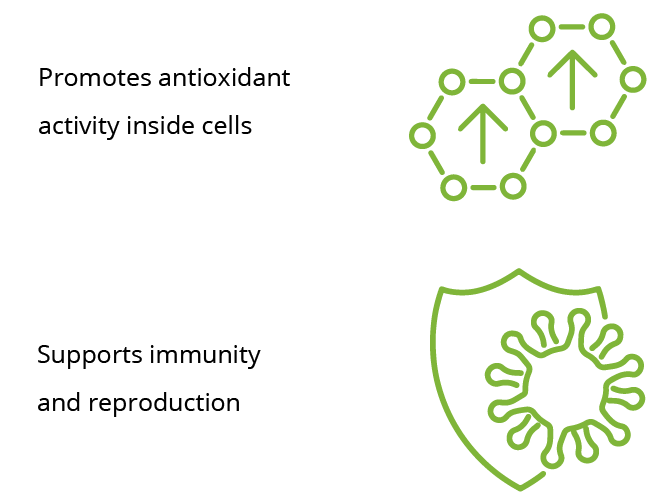
Differences between inorganic and organic selenium
In nature, selenium exists in 2 chemical forms: organic and inorganic. Inorganic selenium can be found as selenite, selenate and selenide, as well as in the metallic form. In contrast, organic selenium is mainly found as selenomethionine (SeMet) in forages, grains and oilseed meals. Animals receive selenium mainly in the form of SeMet and are thus better adapted to utilising selenium in this natural or organic form.
Plants absorb selenium from the soil in the form of selenite or selenate, then synthesise selenoamino acids, including SeMet, which represents about 50% of the selenium in cereal grains. The selenium concentration in soil varies significantly, affecting its availability to plants. In the case of acidic soil pH or low soil aeration, selenium can form insoluble complexes with iron hydroxide and become poorly available. Consequently, the selenium content of animal feed ingredients also varies. Dietary selenium supplementation is an effective means to overcome selenium deficiency and maintain the high productive and reproductive performance of livestock animals, including sows.
The major selenium supplements used for the past 50 years have been selenite and selenate, both inorganic forms of selenium. These inorganic forms have limitations such as high toxicity, interactions with other minerals, low efficiency of transfer to milk, meat and eggs, and inability to build and maintain selenium reserves in the body.
Organic selenium, such as SeMet, is better absorbed and retained in the body compared to inorganic selenium. Organic selenium enables animals to build and retain selenium reserves in tissues, improves antioxidant status and defense, and provides effective transport of selenium from the dam to foetus and newly born piglet via placenta, colostrum and milk.
Not all organic selenium is created equal
The differences between inorganic and organic forms of selenium are widely recognised. However, there can also be substantial differences in toxicity, stability and efficacy between organic selenium products. The compartmentalisation of selenium within yeast differs according to the way it is prepared, affecting parameters such as shelf life, bioavailability and bio-efficacy. Organic selenium yeast sources have displayed high levels of verified stability in premix, in compound feed, and after pelleting, albeit with further source-dependent differences noted between them.
Importance of selenium supplementation for the nursery period
The post-weaning period is critical in pig production, as piglets are exposed to stress factors that favour the development of pathogenic bacteria in the digestive tract, leading to growth retardation and diarrhoea. Adequate supplementation of organic selenium can minimise problems during post-weaning by defending the piglet’s body against cellular damage from free radicals, which increase during this period due to changes in the piglet’s diet and environment.
Studies have shown that replacing inorganic selenium with organic selenium can increase its absorption and biological activity. Research suggested that a 21-day-old weaning pig fed a practical diet requires 0.5 ppm supplemental selenium for about 2 weeks, which can be reduced to 0.35 ppm by 5 weeks post-weaning. In the USA, the maximum allowable supplemental selenium is 0.3 ppm. In a large sow and nursery trial, piglets from sows supplemented with 0.3 ppm Sel-Plex — a yeast-based, selenium-enriched technology — throughout the nursery phase had fewer mortalities and culls.
Selenium supplementation requirements
The amount of selenium needed to maintain different physiological functions can vary significantly. For example, a higher selenium requirement is usually necessary to maintain strong immune function, compared to the amount needed for growth and maintenance. This is particularly important for nursery pigs, which encounter numerous stressors and challenges.
The levels of other antioxidants and pro-oxidants in the diet can vary, and since selenium is an essential part of antioxidant defenses, its requirement could differ depending on the diet.
Current recommendations for the selenium requirement of pigs range between 0.15 and 0.3 ppm, but in commercial conditions, the requirement might be higher depending on the level of stress.
References available upon request.


